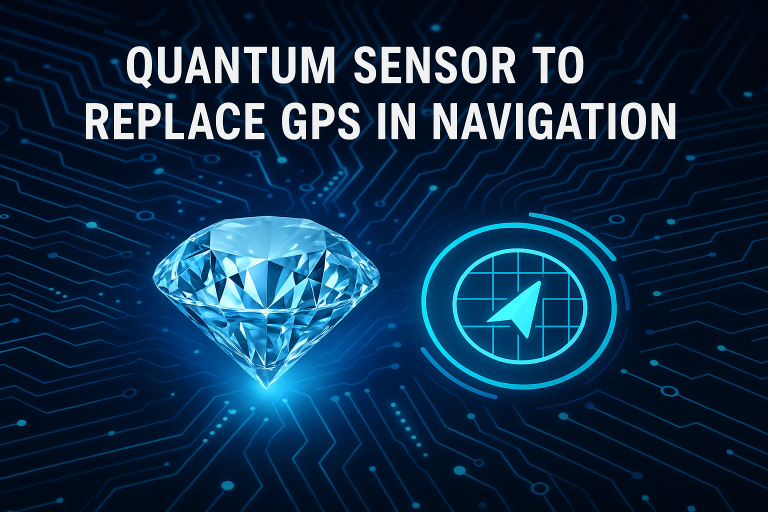Quantum Navigation Breakthrough Highlights Growing Role for Technology-Grade Grown Diamonds

The future of navigation is on the cusp of a major transformation.
Honeywell has recently secured significant U.S. Defense Department contracts to develop quantum sensor-based navigation systems, marking a critical step toward technologies that can operate independently of GPS. Unlike traditional GPS systems, which are vulnerable to jamming or signal loss, quantum navigation promises unparalleled precision in even the most challenging environments—submarines deep underwater, aircraft in contested airspace, or autonomous vehicles in GPS-denied urban landscapes.
At the heart of these cutting-edge quantum sensors is a material often overlooked outside the scientific community: technology-grade grown diamonds. Unlike gem-quality diamonds that shine in jewelry, these diamonds are engineered to exacting standards for purity and lattice structure, creating an ideal platform for quantum applications. Specifically, defects in the diamond lattice, such as nitrogen-vacancy (NV) centers, can act as highly sensitive quantum sensors capable of detecting minute changes in magnetic and gravitational fields—an essential requirement for accurate GPS-independent navigation.
Honeywell is not alone in exploring this frontier. Companies such as Q-CTRL, Muquans, and QuSpin are also actively developing diamond-based quantum sensors, each leveraging the unique properties of synthetic diamonds to enhance sensitivity, stability, and miniaturization of quantum devices. Additionally, research institutions including the University of Oxford and MIT Lincoln Laboratory are investigating new diamond growth techniques and lattice engineering to optimize NV centers for navigation and sensing applications.
For the LGDinTECH consortium, these developments represent both a technological and market opportunity. The demand for high-quality, technology-grade grown diamonds is expected to expand rapidly as quantum sensing moves from laboratory demonstrations to field-ready systems. Companies capable of producing consistent, defect-engineered diamonds will be well-positioned to support a new generation of defense, aerospace, and autonomous technology applications.
The convergence of quantum sensing and advanced diamond materials underscores a broader trend: lab-grown diamonds are no longer confined to luxury and jewelry markets—they are poised to become a cornerstone of next-generation technology infrastructure. As quantum sensors evolve, technology-grade grown diamonds will play an indispensable role in powering devices that navigate, measure, and detect with unprecedented precision.
For LGDinTECH members, the takeaway is clear: staying ahead in the diamond technology space now means looking beyond traditional markets and positioning for the quantum future.
END
